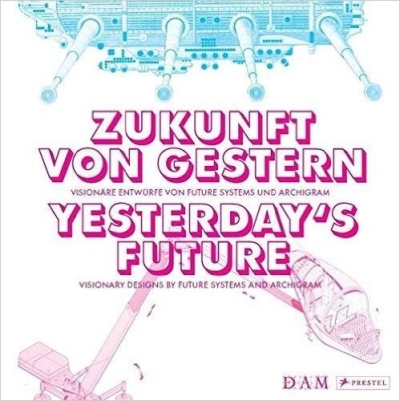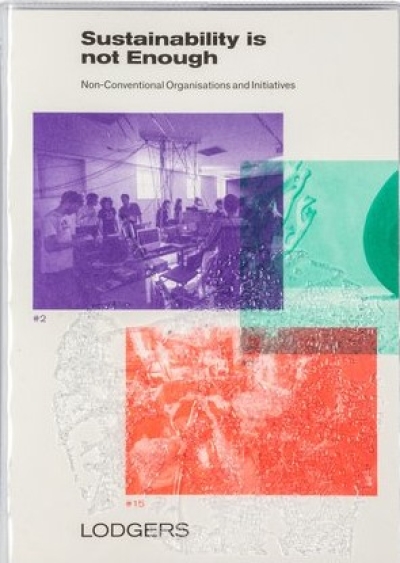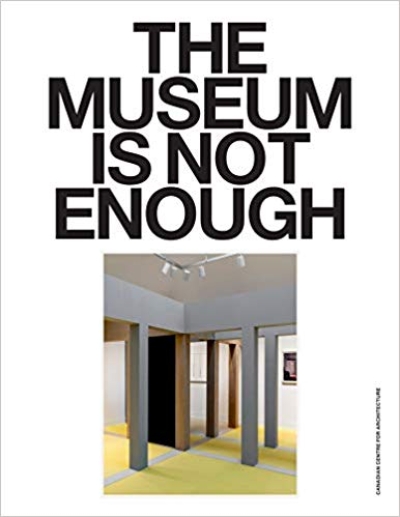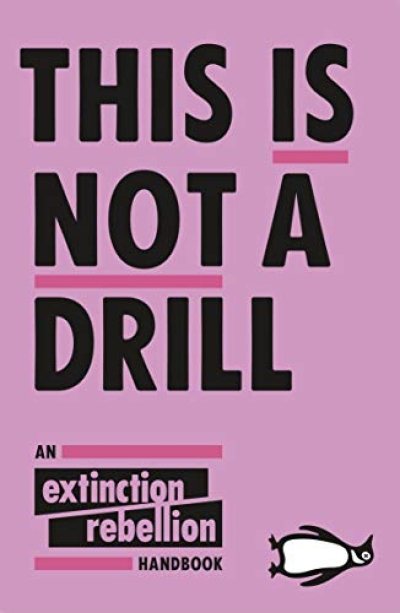
Zukunft von gestern - Visionäre Entwürfe von Future Systems und Archigram. Yesterday's Future - Visionary Designs
vergriffen / out of print
Anhand von Zeichnungen und Collagen untersucht Zukunft von gestern, welchen Einfluss der Zeitgeist auf die visionären Arbeiten der beiden Büros hatte. Die Entwürfe von Archigram, der Gruppe um Peter Cook, Ron Herron, Dennis Crompton u. a., stammen aus der Zeit der Mondlandungen, die geprägt war von der Hoffnung auf Neues. Die Projekte von Future Systems des tschechischen Architekten Jan Kaplický und David Nixon entstanden dagegen in den 1980er Jahren in der Hochzeit des Kalten Krieges mit eher düsteren Aussichten. Während Archigram eine organische Architektur für ein Überleben in einem unwirtlichen Umfeld ersann, waren die technikaffinen Entwürfe von Future Systems für ein lebensbejahendes Ambiente gedacht. Auch wenn die Mehrheit dieser Utopien nie realisiert wurde, bieten sie einen faszinierenden Einblick in die Vorbereitungen der Architekten für eine Welt, die es erst einmal nur in ihrer Vorstellung gab.
Filled with drawings, collages, and models, this book examines how each firm’s utopian vision was shaped by the times in which it was conceived. The designs by Archigram, a Londonbased firm headed by Peter Cook, Ron Herron and Dennis Crompton, date back to the moon landing and an era filled with hope for new beginnings. By contrast, the latter project, the work of Future Systems, headed by Czech architect Jan Kaplický and David Nixon, was conceptualized at the height of the Cold War, when the future appeared gloomy. While Archigram conceived organic architectures to ensure survival in inhospitable environments, the technical looking designs by Future Systems are intended for use in more friendly climes. Although the majority of these utopian designs were never realized, their plans offer a fascinating look at how architects prepare for a world they can only imagine.
vergriffen / out of print

































































































